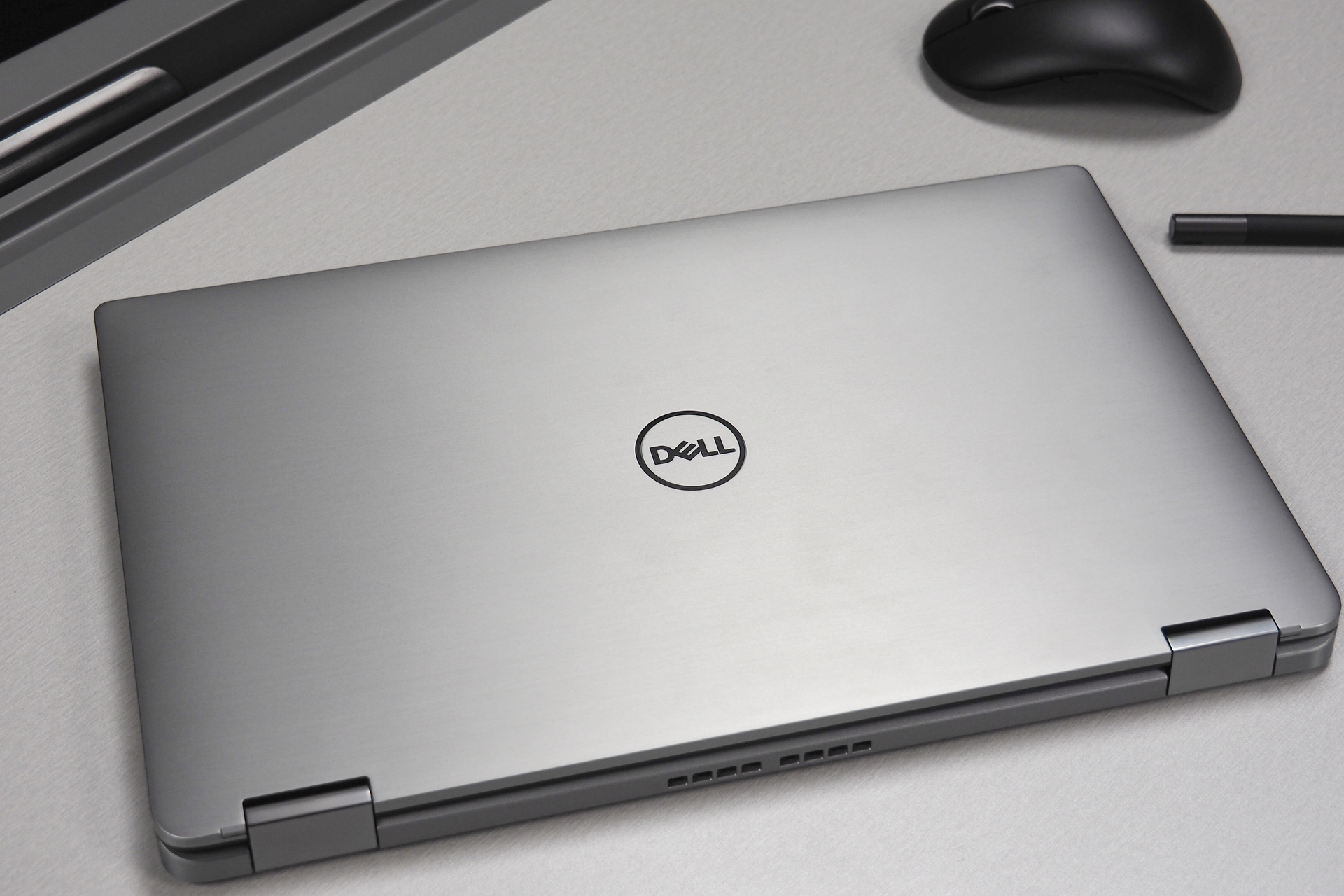
It’s been a rough week for security issues at Dell. A serious security vulnerability in the company’s SupportAssist software was disclosed by cybersecurity firm SafeBreach, and revealed to effect not only Dell machines but also other OEMs which used the rebranded software on their computers. Dell swiftly released a patch for the vulnerability, which they reminded users about in a security advisory on Thursday. Most users have already been upgraded to the latest version of the software, but if you have a Dell machine you should check that you have the update straight away.
The SupportAssist software is designed to protect machines from malware, but this isn’t the first time the software itself has been revealed to have a vulnerability. Back in April, security research Bill Demirkapi found a vulnerability which allowed Remote Code Execution through the security software. The feature was supposed to allow drivers to be updated through Dell’s website, but it exposed users to security threats which could have allowed attackers to find sensitive information and to execute their own code on people’s machines.
This first vulnerability was patched quickly as well, but it is not clear how many people could have been affected. The problem is that SupportAssist uses administrative rights by default, so if the software is compromised it can be used to gain access to much of an affected PC. The latest attack has the same issue, allowing attackers administrative privileges.
As SafeBreach describes, the SupportAssist program was targeted precisely because it has access to many key hardware systems. “In our initial exploration, we targeted the ‘Dell Hardware Support’ service based on the assumption such a critical service would have high permission level access to the PC hardware as well as the capability to induce privilege escalation,” the company explained in its blog post.
SupportAssist comes pre-installed on many Dell laptops, making it typical bloatware which most users simply ignore when they get a new machine. And other OEMs use the same software under the name PC-Doctor Toolbox as well. When a security vulnerability is discovered, users might not think they need to update software they never use, but merely having it on a machine can make it vulnerable.
Dell users should make sure they have automatic updating turned on and update their systems immediately, or download and install the latest version of SupportAssist from Dell’s website.



